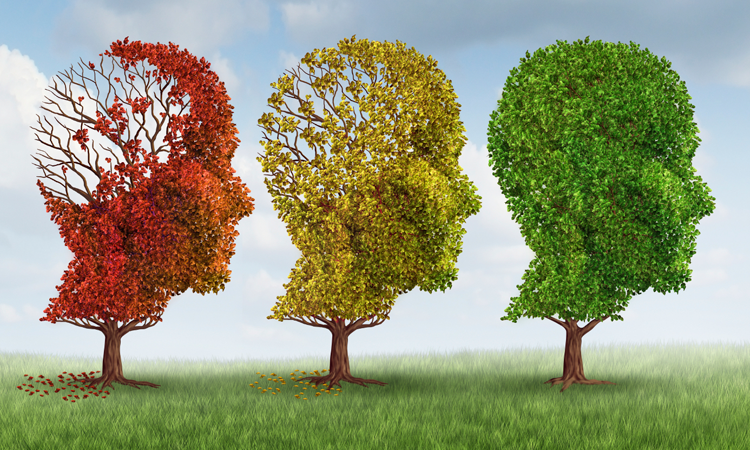
In 2008, just before her first wedding anniversary, 30-year old Angela Leigh Tucker’s life changed forever: A truck hit the car her and her husband were in. Angela was the car’s only survivor, left with a traumatic brain injury. For the next several years, Angela found herself plunged into painfully slow rehabilitation, grief and the maze of learning how to craft a completely new identity.
In her bid for conscious healing, meaning the deliberate choices and actions one takes to use holistic methods that create both emotional and physical recovery, Angela incorporated prayer, dug deep to access her courage, pondered the role of purpose and mulled over the question, “What am I going to do now?”
Her answer: A book about her healing journey, Me Now – Who Next? co-authored with Bill Ramsey (Lifeswrite Press), and becoming an advocate for brain injury awareness. Currently the Chairwoman for the New York City chapter of the Brain Injury Association of NY State1 (BIANYS), Angela sat down with me for a heart to heart chat about her conscious healing journey, just in time for Brain Injury Awareness Month.
Michele Rosenthal: Let’s start the conversation of what happened.
Angela Leigh Tucker: In July 2008, my husband and I were driving home from a Yankee baseball game and an 18-wheeler on the other side of the median jack-knifed over a concrete divide and crashed into us. Six weeks later, I awoke in Westchester Medical Center and learned that my husband was killed in the crash. We would have celebrated our one year wedding anniversary while I was in a coma. Subsequently, I was transferred to Helen Hayes Hospital to begin the process of relearning how to live. As my dad put it, I relearned everything from the cradle on: how to walk, talk, read and write.
MR: Healing requires so much positive outlook, commitment and dedication while grieving can give us sadness, loss and despair. How did you balance those two at the same time?
ALT: The strength and courage I’m so grateful to have inherited began with my family, especially my parents who laid the groundwork for courage. By supporting me, I was able to return to New York City to live on my own. I also have two powerful angels in my life: my husband and my little sister. That really gave me a sense of purpose. A lot of my physical and mental resilience is also deeply related to my spiritual beliefs. Disability offered me more time to attend classes and retreats and services at Unity of New York.
MR: Speaking of conscious healing, what helped you answer the question: “What do I do now?”
ALT: Beyond a shadow of a doubt, the other tool I had was prayer. One of the most important aspects of prayer for me is having a prayer partnership. My prayer partner, Britt Hall from Unity of New York, and I pray together by phone five days a week. Having a sense of knowing that God is not cruel, there is a purpose for all that happened to me and I’m enjoying finding that purpose. And while finding that purpose there’s powerful healing that’s occurring not only within me but also within people around me. I’m also very grateful for an important friendship that began in North Carolina when I was transferred there to begin my outpatient rehabilitation. I was in therapy five days a week and someone who became a very dear friend was a neighbor of my father, author Bill Ramsey. He approached me a few months into our friendship and asked if he could write my story.. Writing this book together was such an important part of my healing. My memory is still challenged but to be able to fill in those holes and to be able to stitch together the past in a way I wasn’t able to on my own was a powerful, helpful friendship.
MR: Was it difficult to revisit the past?
ALT: The greatest gift of the crash is the present moment, so I am forced, and grateful, that the crash gave me that gift. A lot of my past memories were lost as was the future that I thought I had. My husband and I had just bought a house and were just starting to build a family, so that future was a really painful place to consider.
MR: What’s your philosophy for consciously healing that feels solid, comfortable and grounded?
ALT: One analogy I find helpful is that Angela One died on July 31, 2008. That same night, Angela Two was born. Angela One and Angela Two are very different people. Angela One was the vice president of a public relations firm, managing a large team of talented professionals with a big budget. She was newly married and living a very exciting life. Angela Two no longer has the cognitive, executive functioning to be able to multitask. Angela Two gets lost occasionally and sleeps more. Understanding these two selves has allowed me to fully gain acceptance for this new me. I love and wholly inhabit Angela Two. I no longer try to fit in the shoes of Angela One because they just don’t fit anymore. Instead, I’m so grateful to be serving in the role of Chairwoman of the New York City chapter of the Brain Injury Association of New York State. That also allows me to support others on their healing journey, wherever that might be or however long that might take. One of the most important tips I have to offer is connectedness. My advocacy work now is far more important than anything I could have dreamed of before the crash.
Resources:
Click here to find out about Rose’s thoughts on wellbeing and health
Post Disclaimer
This content is for informational purposes only and does not constitute medical advice. Please consult a healthcare professional for any medical concerns.


